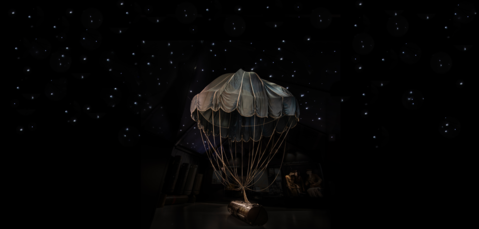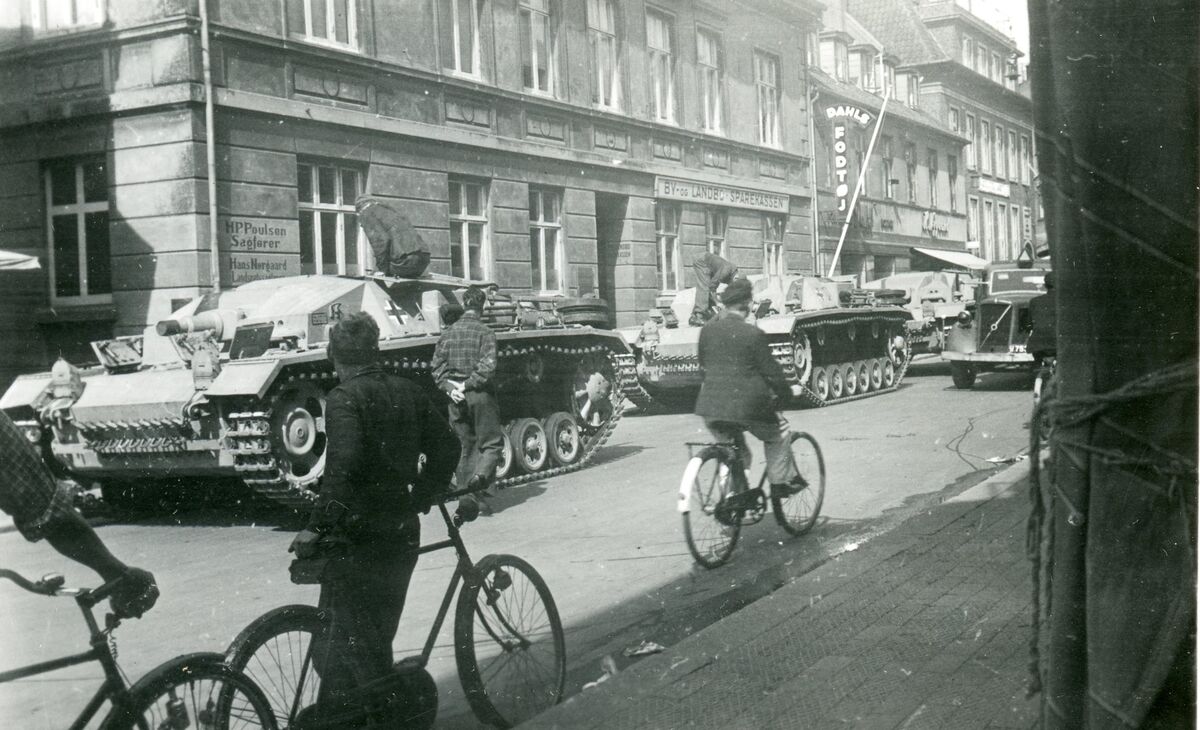OCCUPATION AND RESISTANCE
The exhibition OCCUPATION AND RESISTANCE is dark to illustrate the five dark years in Danish history and also to show that there were no street lights.
The exhibition is chronologically formed as a labyrinth to show that no one knew the future.
DENMARK IS OCCUPIED
A little after 4 a.m. on April 9 1940 German troops crossed the border to Denmark. That was the start of the German occupation of Denmark.
In February 1940 a British destroyer succeeded in freeing 300 prisoners of war from a German prisoner transfer in Norwegian waters. This made it clear to Hitler that the English were present and were able to perform military operations in and around Norway. At the same time Hitler received information about English plans for a thrust against Norway. Norway was very important for the Germans in the transportation of Swedish ore for the German war production. It was therefore essential to protect the support lines.
The Germans were focused on four areas in Jutland which were imperative for the occupation of Denmark. Denmark’s largest industrial port, Esbjerg, the airport in Aalborg, the coast outside Hanstholm and last but not least the port of Frederikshavn.
Of course the German occupation of Denmark influenced all parts of the Danish society. Politically the government had to introduce and live with what today is referred to as the Cooperation policy. The country, the industry and the shops had to adjust to the terms of the German Wehrmacht. In Danish homes there were talks about both cooperating with as well as offering resistance against the occupiers.
In many ways people felt that the freedom they had been used to had been taken from them. This created a reluctance that turned into resistance. This was the base for the Danish resistance movement. They performed dangerous actions including espionage, parachute drops, printing and distributing propaganda and especially sabotage.
All this and much more you can experience in the Coastal Museum Bangsbo’s impressive and fascinating exhibition on the German occupation of Denmark. It provides a moving insight into everyday life and the dangerous work of the resistance movement during the German occupation from 1940 to 1945.

